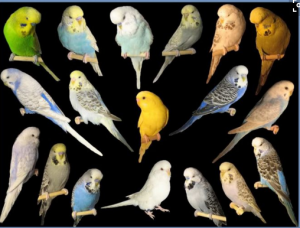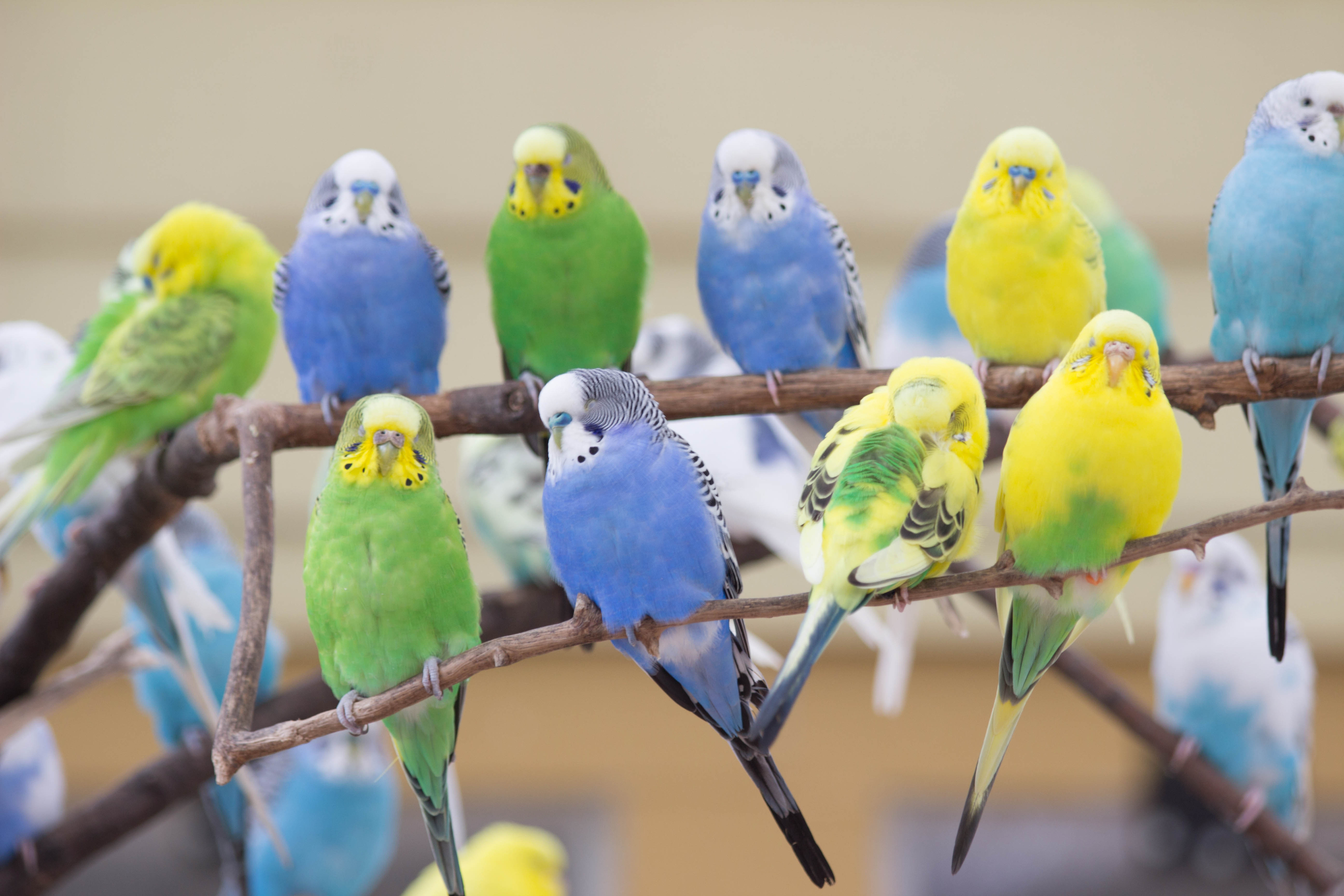A Brief History of Parakeets

Parakeets are found all around the world. There are many different types of parakeet species found in each region, though the largest diversity is found in Australia and in the New World of Central and South America. Australia has over 30 species of some of the most remarkable colored parakeets. There are over 27 species found in the Americas, with numerous subspecies as well.
Like the exotic parakeets from the Americas, the African parakeets inhabit tropical and subtropic regions. The island of New Zealand and it neighbors also have several exotic parakeets, and some of the most unique characteristics are found in those from Asia. Asian parakeets demonstrate the widest range of pet quality, with some being affectionate and may talk, to others that do not. In general terms these parakeets are said not to be quite as playful as other kinds of parakeets, and some may not be handled as easily.
The History of Parakeets
Parakeets are a part of ancient history. They have been used as food and then kept as exotic pets over hundreds of years. These are some very early historical accounts:
The Alexandrine Parakeet was named for Alexander the Great, who at the time of his Indian conquests around 327 BC, brought parrots to Europe from India.
The earliest reference to parakeets in literature came from Ctesias of Cnidus, a Greek physician and historian, in a work called “Indica” dated back to 367 BC, that included his account of India. He described a bird that could talk in an “Indian” language, was about the size of a Sparrow-Hawk, and was blue-green and vermilion in color with a purple face and black beard. This bird is now commonly known as the Plum-headed Parakeet Psittacula cyanocephala, like the one pictured to the right.
The Roman Scholar, Pliny the Elder, wrote one of the first “bird care” books in 72 A.D. In it he describes caring for and training parakeets, including teaching them to talk.
The earliest reference to parakeets in literature came from Ctesias of Cnidus, a Greek physician and historian, in a work called “Indica” dated back to 367 BC, that included his account of India. He described a bird that could talk in an “Indian” language, was about the size of a Sparrow-Hawk, and was blue-green and vermilion in color with a purple face and black beard. This bird is now commonly known as the Plum-headed Parakeet Psittacula cyanocephala, like the one pictured to the right.
The Roman Scholar, Pliny the Elder, wrote one of the first “bird care” books in 72 A.D. In it he describes caring for and training parakeets, including teaching them to talk.
In the 1400s, when the New World was discovered, parrots began to arrive in Europe from the Central and South America and became quite popular. It was in the 19th century that European explorers and naturalists began further expanding the knowledge of birds as well as many other creatures. A romantic period ensued where birds became highly favored by British nobility and royalty. The late 1800s saw volumes of literature on all sorts of exotic birds and parrots. Central and South American parrots became popular in the United States, as they were more readily available there.
Interest in parrot keeping continued in the United State throughout the 1900’s. Parrots of all types arrived in abundance into the United States. A few parakeet species, including the Green Conure, were bred in the 1930’s. In the 1960’s even more species began to be produced in captivity, including the Sun Conure.
The latter 1900’s saw a large increase in aviculture and captive breeding. Concern for many species threatened with extinction resulting from deforestation and habitat destruction began to create concern around the world. In 1979 Herbert R. Axelrod, a renowned tropical fish expert and publisher of pet books, attended a meeting sponsored by the United Nations on endangered species. There he proposed that rare birds be placed in captive breeding to prevent the extinction of many rare species as a sensible approach to the problem. This helped open the doors to importation of many parrot species previously not available. Only Australia persisted in not allowing exportation. Today, although bird importation is greatly restricted, many parakeet species are successfully bred in captive and readily available.
By animal-world.com


